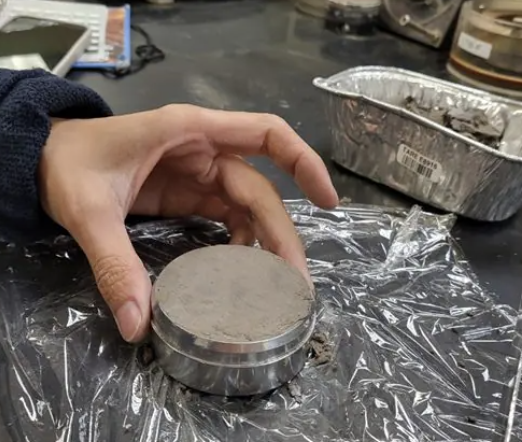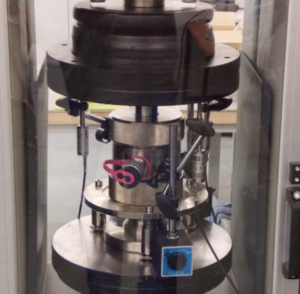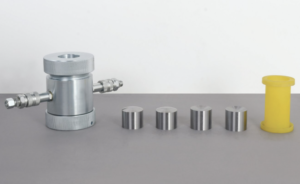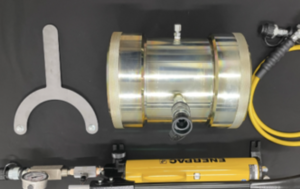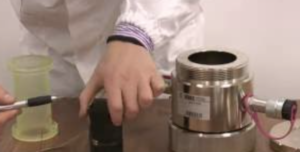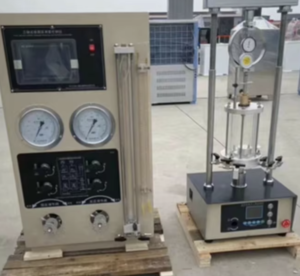High-Quality Latex Membranes for Soil Triaxial Tests: Everything You Need to Know
If you’re in geotechnical testing like I am, you already know—latex membranes may be small, but they carry a huge responsibility in soil triaxial tests.
Latex membranes act as critical sealing elements in triaxial testing, maintaining specimen integrity while allowing accurate pressure and deformation measurements. High-quality membranes ensure test accuracy, reduce variability, and comply with ASTM and ISO standards.
They may look like balloons, but trust me, they’re more precise than they seem.
What Role Do Latex Membranes Play in Triaxial Testing?
In every triaxial test, the membrane is more than just a wrapper—it’s the barrier between accuracy and contamination.
Latex membranes1 isolate the soil specimen2 from confining fluids, preventing seepage while transmitting axial and radial stresses uniformly. Their elasticity ensures the soil’s deformation isn’t restricted.
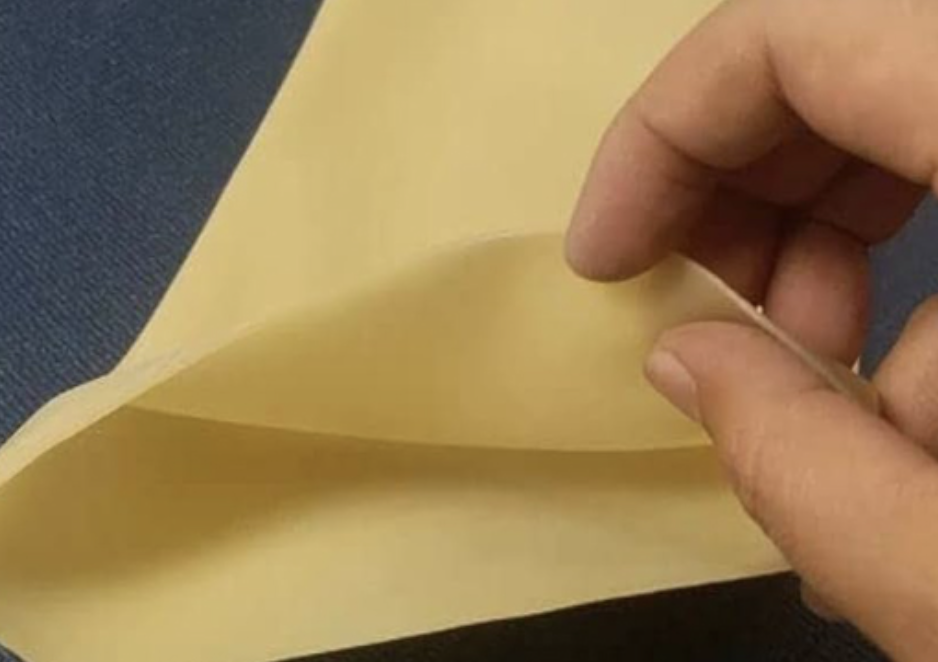
How They Function in the Test:
- Contain the soil sample during saturation, consolidation, and shearing
- Prevent water or air leakage into the triaxial cell
- Accommodate strain without significantly affecting results
| Function | Why It Matters |
|---|---|
| Sealing | Prevents external fluid infiltration |
| Flexibility | Allows accurate strain measurements |
| Uniform Pressure Transmission | Essential for consistent stress application |
It’s a silent role—but a crucial one.
What Makes a Latex Membrane "High-Quality"?
Not all membranes are created equal. And when your test data is on the line, quality makes all the difference.
High-quality latex membranes3 offer consistent wall thickness, strong elasticity4, and excellent durability. They resist punctures and stay dimensionally stable under varying pressures.
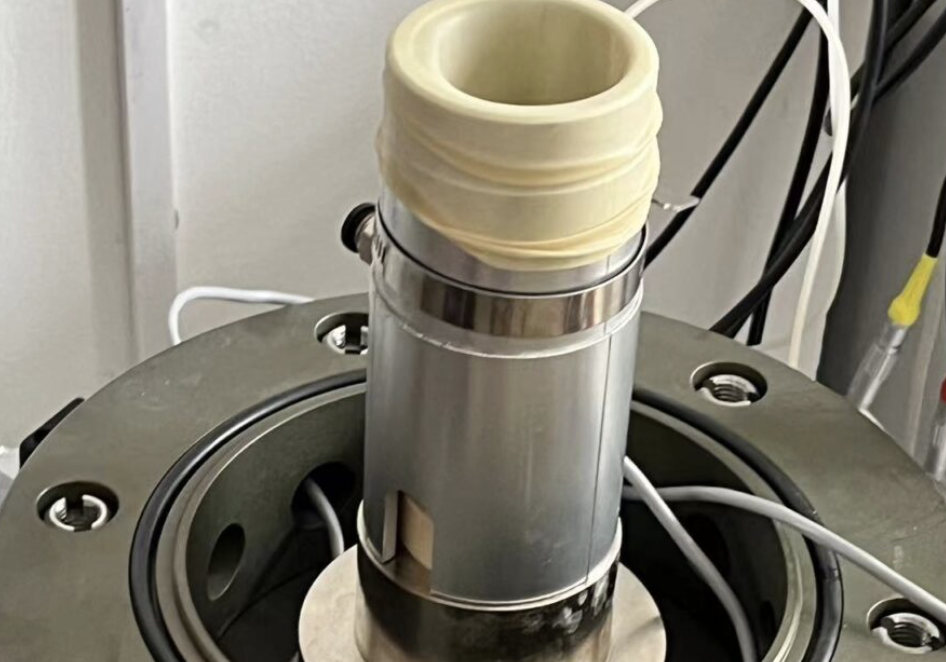
Key Performance Factors:
- Wall thickness tolerance (±0.02 mm is ideal)
- Tear resistance under dynamic loads
- Uniform curing to reduce weak spots
| Quality Indicator | What to Look For |
|---|---|
| Elasticity | Returns to shape without permanent stretch |
| Surface finish | Smooth, bubble-free texture |
| Visual clarity | Clear or amber tones without cloudiness |
If you’re sourcing for a lab or university, make sure the membranes are batch-tested—it’s the difference between repeatable results and frustrating do-overs.
Why Is Membrane Thickness So Important?
Thickness might sound like a minor detail—but in triaxial testing5, it’s a variable you can’t afford to ignore.
Thicker membranes6 offer better durability but may slightly affect the specimen’s deformation. Thinner membranes improve accuracy but are more prone to tearing. The right balance depends on your soil type and pressure level.
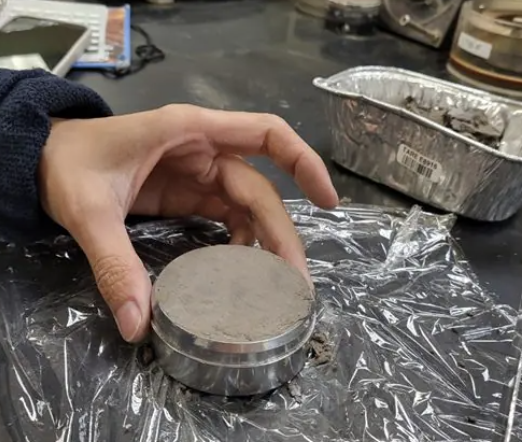
Consider These When Choosing Thickness:
- Soft clays may require thinner membranes for precision
- Dense or coarse soils benefit from thicker options
- Typical membrane thickness ranges from 0.3 mm to 0.8 mm
| Soil Type | Recommended Thickness |
|---|---|
| Soft silty clay | 0.3 – 0.4 mm |
| Sandy clay | 0.4 – 0.6 mm |
| Dense gravel soil | 0.6 – 0.8 mm |
And don’t forget: testing standards like ASTM D4767 also guide membrane selection, so always align with your lab’s procedures.
How to Store and Handle Latex Membranes Correctly?
Latex is sensitive—treat it like you would delicate lab glassware.
To preserve elasticity and shelf life, latex membranes should be stored in a cool, dark, and dry environment. Exposure to light, heat, or ozone can degrade the material quickly.
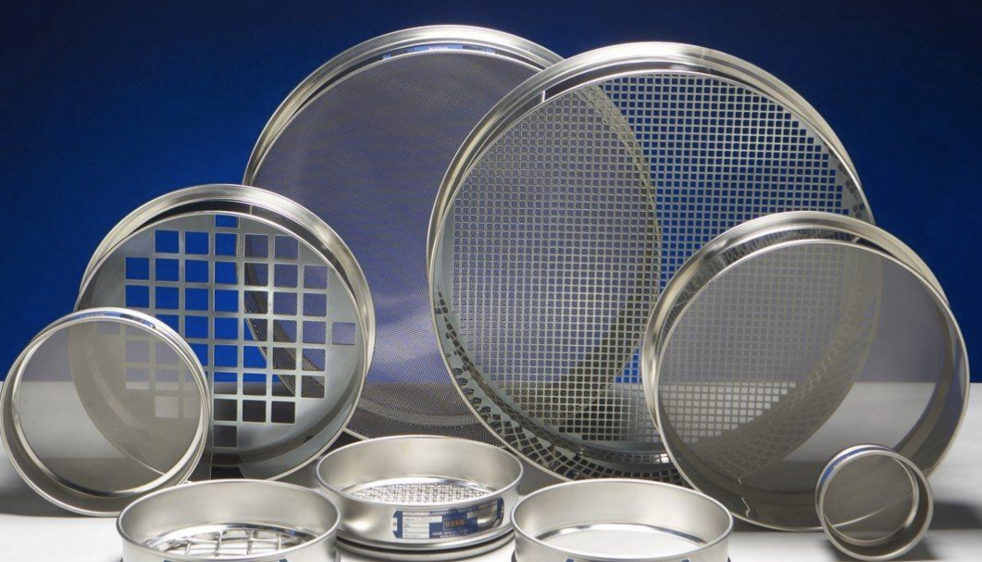
Best Practices for Longevity:
- Store in opaque zip bags7 away from direct sunlight
- Avoid touching with oily or dirty hands—use gloves
- Don’t stretch excessively during installation
| Condition to Avoid | Impact on Membrane |
|---|---|
| UV light | Causes cracking and brittleness |
| High humidity | Promotes mold growth or stickiness |
| Heat (above 30°C) | Accelerates degradation |
And here’s a trick from my lab: refrigerate unused membranes8 at ~10°C with silica packs—it works like a charm.
Conclusion
Latex membranes may be small, but they have a massive impact on your triaxial test results. Whether it’s selecting the right thickness, inspecting for flaws, or storing them right—get the details right, and your tests will thank you.
-
Explore this link to understand how Latex membranes enhance the accuracy and reliability of triaxial tests. ↩
-
This resource will provide insights into the behavior of soil specimens during triaxial tests, crucial for accurate analysis. ↩
-
Discover the advantages of high-quality latex membranes for your projects, ensuring durability and performance. ↩
-
Learn how strong elasticity in membranes enhances their performance and longevity in various applications. ↩
-
Understanding triaxial testing is crucial for accurate soil analysis and engineering applications. ↩
-
Exploring the role of membranes can enhance your knowledge of soil testing methodologies and their implications. ↩
-
Explore this link to understand how opaque zip bags can protect your items from light and moisture, ensuring their longevity. ↩
-
Discover the science behind refrigerating membranes and how it can enhance their shelf life and performance. ↩

